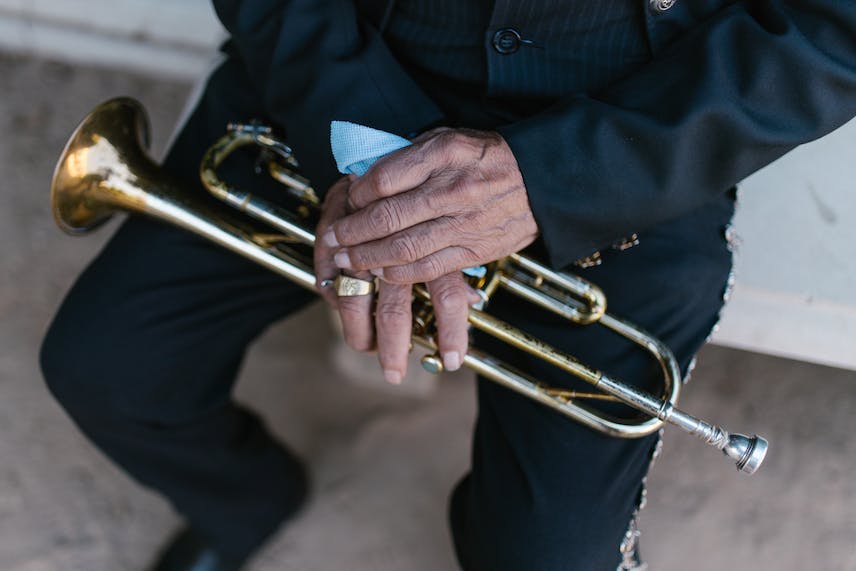When discussing drums for LOFI music, it’s important to understand how they contribute to the genre’s unique atmosphere. LOFI, short for ‘low fidelity’, is a music genre that embraces imperfections in sound quality and production, often characterized by a relaxed, nostalgic feel. Drums in LOFI music are essential in setting the rhythmic foundation and tone for a track, but they differ from their use in high-fidelity productions.
The Significance of Drums in LOFI Music
Drums in LOFI can vary from simple, laid-back beats to complex patterns that offer a sense of groove and movement. Unlike in other genres where drums are often crystal clear and highly produced, LOFI drums tend to have a softer, more muted sound. This is achieved through various production techniques such as low-pass filtering, which reduces high frequencies, and the use of reverb to create a sense of space and distance.
Another characteristic feature of LOFI drums is the intentional inclusion of ‘imperfections’ like vinyl crackles, tape hiss, or slightly off-beat rhythms. These elements contribute to the warm, nostalgic feeling that many listeners find appealing in LOFI music. It’s a reminder of past eras where analog imperfections were a natural part of the listening experience.
Choosing the Right Drum Sounds for LOFI
Selecting drum sounds for a LOFI track requires an ear for texture and timbre. Producers will often look for sounds with a vintage or analog quality, such as those from classic drum machines like the Roland TR-808 or TR-909. Sampling old records is another popular technique, where the natural wear and age of the vinyl can add character to the drum sound.
As for the types of drum sounds used, kick drums in LOFI are usually low and thumpy, snares are often soft and brushed, while hi-hats and cymbals are typically understated. Producers may also layer their drums with ambient sounds or field recordings to create a richer, more textured audio palette.
Programming and Processing LOFI Drums
Once the right sounds are selected, the programming of LOFI drums is crucial. The beats do not need to be quantized strictly to the grid. In fact, a slightly ‘loose’ feel can enhance the human element and laid-back vibe of the track.
Regarding processing, aside from the aforementioned low-pass filters and reverb, producers may also use techniques like bit-crushing to degrade the sound quality intentionally, giving the drums a more ‘crunchy’ or ‘lo-fi’ sound. Compression is often used lightly to maintain dynamic range and add to the music’s relaxed feel.
Integration of Drums with Other Elements in LOFI
Drums in LOFI music are not just about rhythm; they must integrate seamlessly with other elements like melodies, chords, and basslines. This often means choosing drum patterns that complement the harmonic content of the track and allowing space for other instruments to breathe. The result is a cohesive, atmospheric piece where drums enhance the overall mood rather than dominate it.
Producers may also experiment with side-chain compression, where the kick drum ‘ducks’ other elements such as the bass or pads. This creates a pulsating effect that can add to the hypnotic quality of LOFI music.
Conclusion: Crafting the Perfect LOFI Drum Sound
In conclusion, drums for LOFI music play a vital role in creating the genre’s signature sound. The process involves careful sound selection, creative programming, and thoughtful processing to achieve the perfect blend of rhythm and texture. Whether it’s through sampling vintage gear or manipulating drum sounds with modern software, the ultimate goal is to evoke an atmosphere that resonates with the listener on an emotional level.

